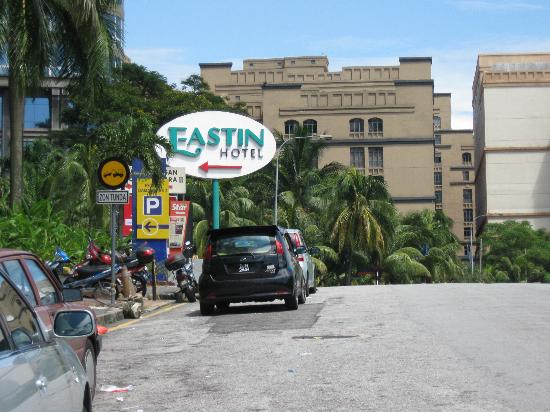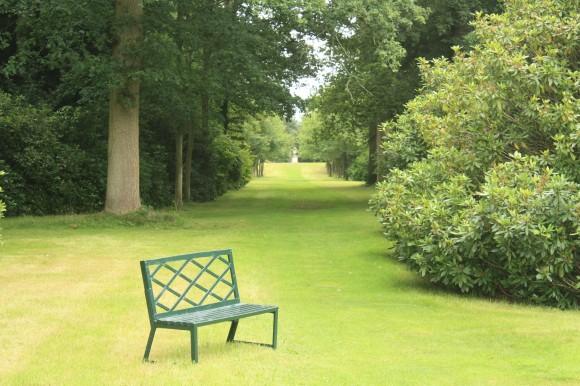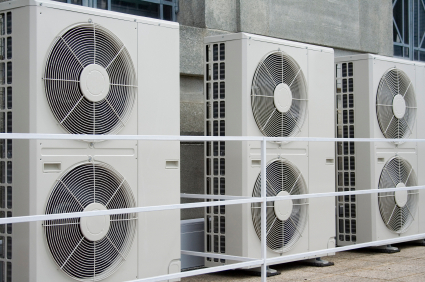IF we think the price of development is traffic jams, we are mistaken. That isn’t the only price people have to pay for so-called progress in the city.
In this final exciting episode of Ampersand for the year, we shall explore what some of the hidden costs of development are, and demonstrate that they cannot just be brushed aside as “unforeseen circumstances”.

Noise pollution
The Eastin Hotel in Section 16 and the SS2 Mall have one thing in common: neighbours who complain about the excessive noise from the buildings’ industrial-strength air conditioners. The fact that these commercial buildings were built next to existing residential properties means that the peace and quiet residents previously enjoyed was suddenly replaced with loud humming 24 hours a day.
After numerous complaints, the air conditioners of both buildings were fitted with sound dampeners. But should these sound dampeners break down, we can expect that residents will complain yet again.
The solution of sound dampeners is a temporary measure and not 100% effective. Such issues should have been dealt with at the design stage. But the closest policy the council has to a noise pollution mitigation policy is the stipulation of when developers are allowed to build. This would be from 8am to 6pm daily, except on Sundays, during the construction period.
The 24-hour noise pollution that comes after a development is completed is only addressed if there are complaints.
Lack of public utilities
Instead of developing commercial properties that create problems for residents, it would be more prudent for the Petaling Jaya City Council (MBPJ) to promote and ensure public facilities are developed. After all, there is a lack of schools, public parks, fire stations, police stations, electricity substations, and sewage treatment plants to cater to the needs of PJ residents.
This situation is most acutely felt in the Petaling Jaya Selatan (PJS) area, where the mentioned facilities are either insufficient or missing altogether. Of course, people may not know these facilities are missing because something else got built over it. This was the case of the Taman Medan Cahaya apartments in PJS 2, which were built on land originally reserved for electrical power lines.
In neighbouring PJS 1, there is a piece of land that was originally meant for a school. It is being occupied by several families living in longhouses because the low-cost flat they bought in 2003 was never built. They are involved in a constant tug-of-war with the developer and the state government, finally resorting to a public protest recently to highlight their plight.
Since their problem isn’t going to get a quick solution, the residents occupying the plot of land meant for the school aren’t going to move anytime soon. This means that the much-needed school in the area isn’t going to be constructed anytime soon, either.
There are other costs involved in not having enough public facilities. For example, it would take longer for the police and firefighters to respond to an emergency in the area. Parents in the neighbourhood need to travel further to send their kids to school. Power supply can be erratic and short out electrical appliances at home. And sewage could spill over every once in a while.

Proper town planning actually requires all these public facilities to be planned for the eventual inhabitants of the area. It also requires that the land for these public facilities is demarcated for surrender to the government prior to the development’s approval. And yet, there does not appear to be much consideration for these plans in the PJS area.
Traffic congestion
Even when these public facilities exist, the traffic congestion that plagues PJ may deny residents the use of these facilities. For example, the University Malaya Medical Centre can be difficult to access due to traffic congestion on Jalan Universiti. During rush hour, the extra few minutes a heart attack patient spends on the road could be a matter between life and death.
Jalan Universiti was not always this congested. The blame can be partly attributed to the development in Sections 13 and 16 into commercial centres. The law requires a traffic impact assessment (TIA) study to be done prior to a development’s approval. This is to ensure that the traffic generated from a development doesn’t cause problems.
However, this TIA report only takes into account the present number of cars passing through, and adds the estimated number of cars that would hit the roads once the project is completed. It does not take into account additional traffic that will be generated by other development projects nearby that are already underway.
The area covered by the TIA study is also limited in scope to the few roads surrounding the project. How roads further away are affected by traffic from the proposed development doesn’t become a consideration for its approval.
For example, the proposal to develop the last piece of land in Section 16 did not take into account the possible traffic that would be generated by several development projects along the Sprint Highway or the Plaza 33 development in Section 13. It also didn’t show how traffic generated from the Section 16 project – which has since been shelved due to residents’ protests – would affect Jalan Universiti.

Obviously, the traffic mess that was created by new development requires a solution. As PJ has a lot of old narrow roads that were not designed to be expanded, the only viable solution is to build an elevated highway. That proposal has been made, and should the elevated highway come to pass, it would bring grief to a lot of residents living along the highway’s path.
Converting houses into shops
A side effect of the heavy traffic is that it renders all the houses facing overcongested roads unliveable with noise and dust pollution. This forces many house owners to either suffer in silence or convert their properties into business premises.
We can see this kind of development all along Jalan Universiti, Jalan Gasing, and the houses facing the SS2 commercial centre. These new commercial properties then create noise pollution from multiple air conditioners for the houses located behind them.
Development policy
Are all these problems truly unavoidable? In 2006, the federal government came up with a policy that required two hectares of open space for every 1,000 persons as a guide to development. The policy was meant to prevent overcrowding and overdevelopment. Although I highlighted this to MBPJ last year, the council’s stance then was that the policy was just a guideline and need not be followed to the letter.
However, after much research, I managed to unearth a 2007 federal government circular which instructs that the policy be implemented. Of course, whether the council concedes and enforces the policy or continues to ignore it is something only time will tell.
If it doesn’t, PJ residents can be assured that they will continue to pay for the price of development in their city, whether they like it or not. ![]()
MBPJ councillor KW Mak has been a councillor for three years and six months and a resident of Petaling Jaya for 35 years.


Kong Kek Kuat says
@ KW Mak
Happy year-end holidays… and see you back here next year!
KW Mak says
*Plays Terminator soundtrack*
I’ll be back!
penny chan says
Mr Mak,
I truly appreciate the articles you have been writing because they are pertinent and also shows you care for PJ. Thank you for caring for us, and please continue to empower us, the residents of PJ. Have a Happy New Year.
KW Mak says
@ Penny Chan
thank you. 🙂
jay says
How is it that other councillors do not accept this logic and take this into consideration when making decisions? Do they have other needs to satisfy – like increasing the councils’ revenue from the additional businesses and apartments that are established?
How is a balance to be struck in a developing country? Right now, any development that adds to the revenue of the council appears to be favoured, and the whole of PJ has been zoned commercial so those who want to live in green areas should move to Templars Park or something!